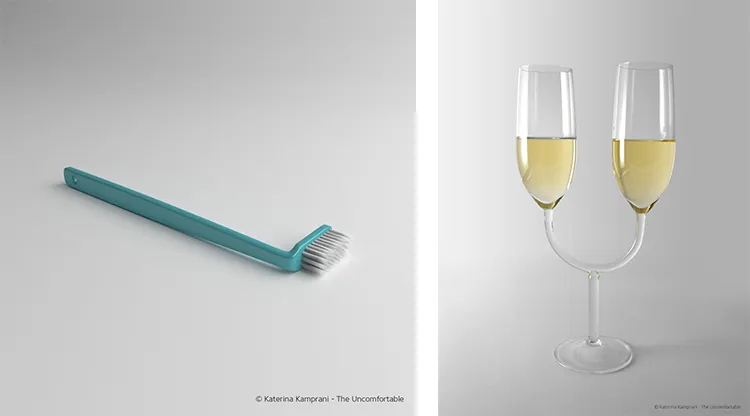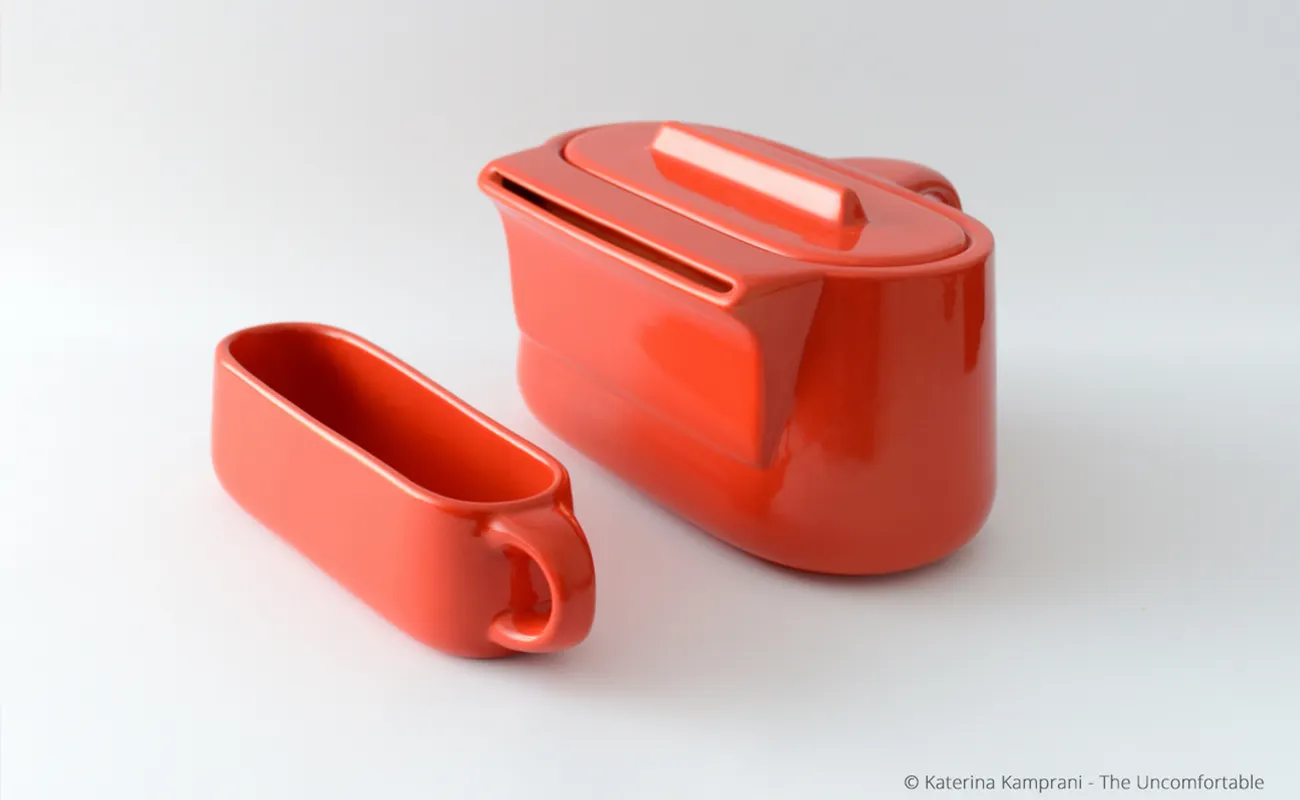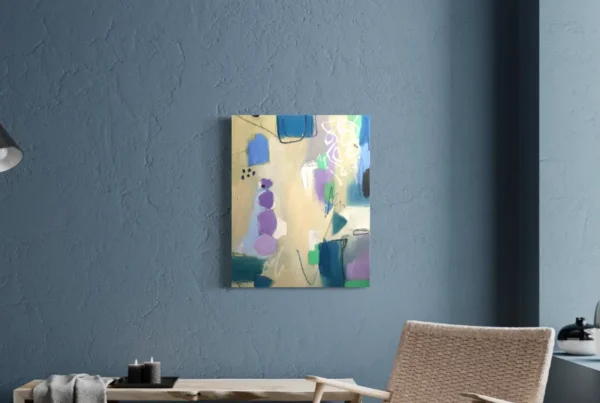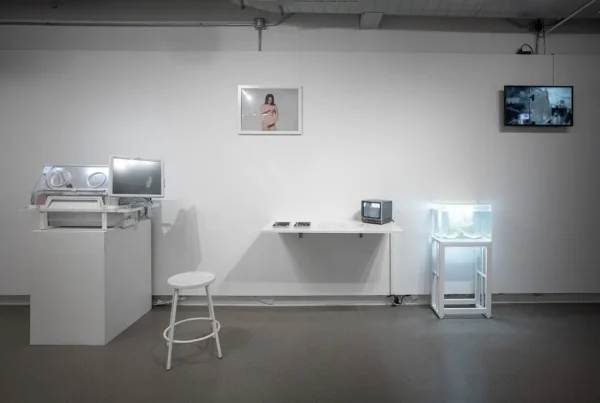Rethinking the Ordinary: When Everyday Objects Defy Expectations
Katerina Kamprani has transformed the way people perceive design by deliberately making it impractical. As a Greek architect and designer, she is the creative force behind The Uncomfortable, a collection of everyday objects that appear functional at first glance but reveal unexpected and often humorous flaws upon use. From a wine glass that traps the drinker’s nose to a watering can that defies its own purpose, her work playfully subverts expectations, urging audiences to reconsider their relationship with design.
Her journey into unconventional design was not a calculated career move but an organic process driven by curiosity. With a background in architecture, she initially explored industrial design, only to abandon formal studies after a semester. Instead, she began sketching absurd objects that disrupted their intended function—such as a toilet accessible only via ladder. This playful experiment eventually evolved into The Uncomfortable, a project that highlights the invisible ease of good design by stripping it away. Through subtle yet impactful modifications, Kamprani exposes the hidden complexities of everyday objects, making viewers aware of the seamless functionality they often take for granted.
The essence of her work lies in discomfort—not in an aggressive or unkind way, but as a tool for humor and awareness. While some might interpret her designs as a critique of overcomplicated aesthetics, she insists that her primary goal is to explore the delicate balance between usability and frustration. Each object is sabotaged just enough to maintain its identity, allowing users to recognize its function while struggling to use it effectively. This fine line between functionality and absurdity is what makes The Uncomfortable so compelling.
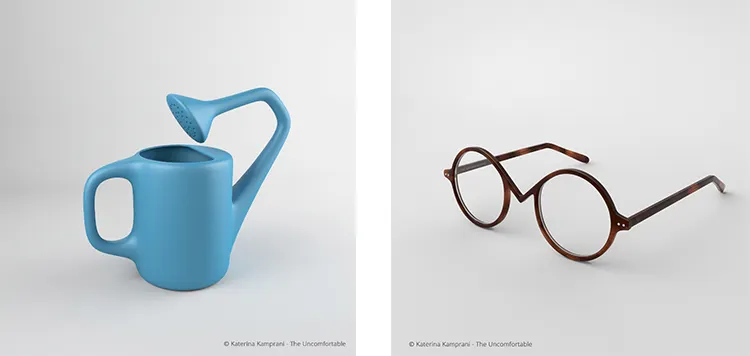
Katerina Kamprani: Disrupting Design with a Smile
Unlike many designers who strive for efficiency and user-friendliness, Kamprani deliberately challenges the conventions of usability. Rather than drawing inspiration from personal frustrations, she takes an analytical approach, dissecting objects piece by piece to identify their most essential functions. Her process involves asking a deceptively simple question: What is the smallest possible change that can disrupt an object while keeping it recognizable?
This method is exemplified in one of her most well-known pieces, the “Uncomfortable Wine Glass.” At first glance, it appears to be a standard drinking vessel, but the positioning of the bowl forces the drinker’s nose uncomfortably into the glass. The object technically works—it holds liquid and can be used for drinking—but not in the effortless manner people expect. This subtle shift forces users to reconsider their interaction with an everyday item, creating a moment of surprise and amusement.
Kamprani emphasizes that her work is not intended to be purely satirical. While some might interpret her designs as a commentary on overdesigned and impractical consumer products, she sees them more as thought experiments. By introducing minor inconveniences, she encourages people to reflect on the role of design in their lives. Her creations straddle the line between art and function, existing in a unique space where discomfort becomes a playful and thought-provoking tool.
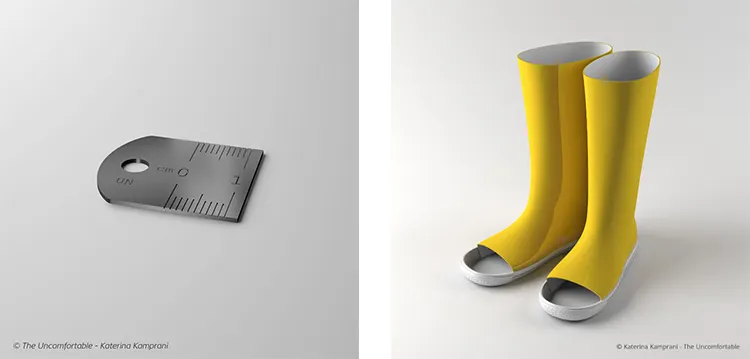
The Challenges of Building the Uncomfortable
While The Uncomfortable began as a series of digital renders, Kamprani eventually transitioned to creating physical prototypes. The shift from concept to tangible object presented unexpected challenges, particularly in terms of materials and construction techniques. Each piece required careful planning to ensure that it maintained its intended dysfunction while still being structurally sound.
One of the most complex projects was her modified watering can. What seemed like a simple alteration—adjusting the spout’s position to make pouring nearly impossible—proved surprisingly difficult to manufacture. To achieve the right effect, she had to 3D print the object in multiple parts and assemble it meticulously. This trial-and-error process became a fundamental aspect of her creative exploration, reinforcing the idea that even flawed design requires a great deal of effort.
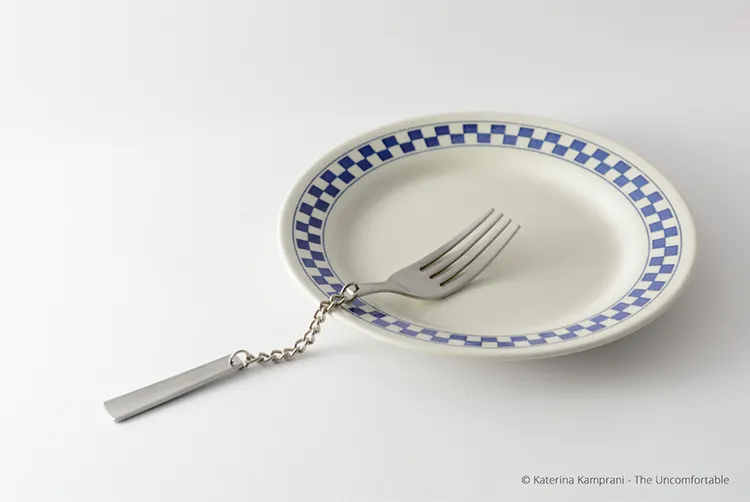
Audience reactions to her physical pieces have ranged from laughter to deep philosophical interpretations. While most people find humor in the experience of struggling with her objects, some have sought deeper meanings, theorizing about existential symbolism or hidden messages. Kamprani embraces both perspectives, appreciating the spontaneous engagement her work generates. Her ideal vision is an interactive exhibition where visitors can directly experience the frustration of her designs—though, as she notes, certain pieces, are very fragile or might be difficult to share hygienically.
